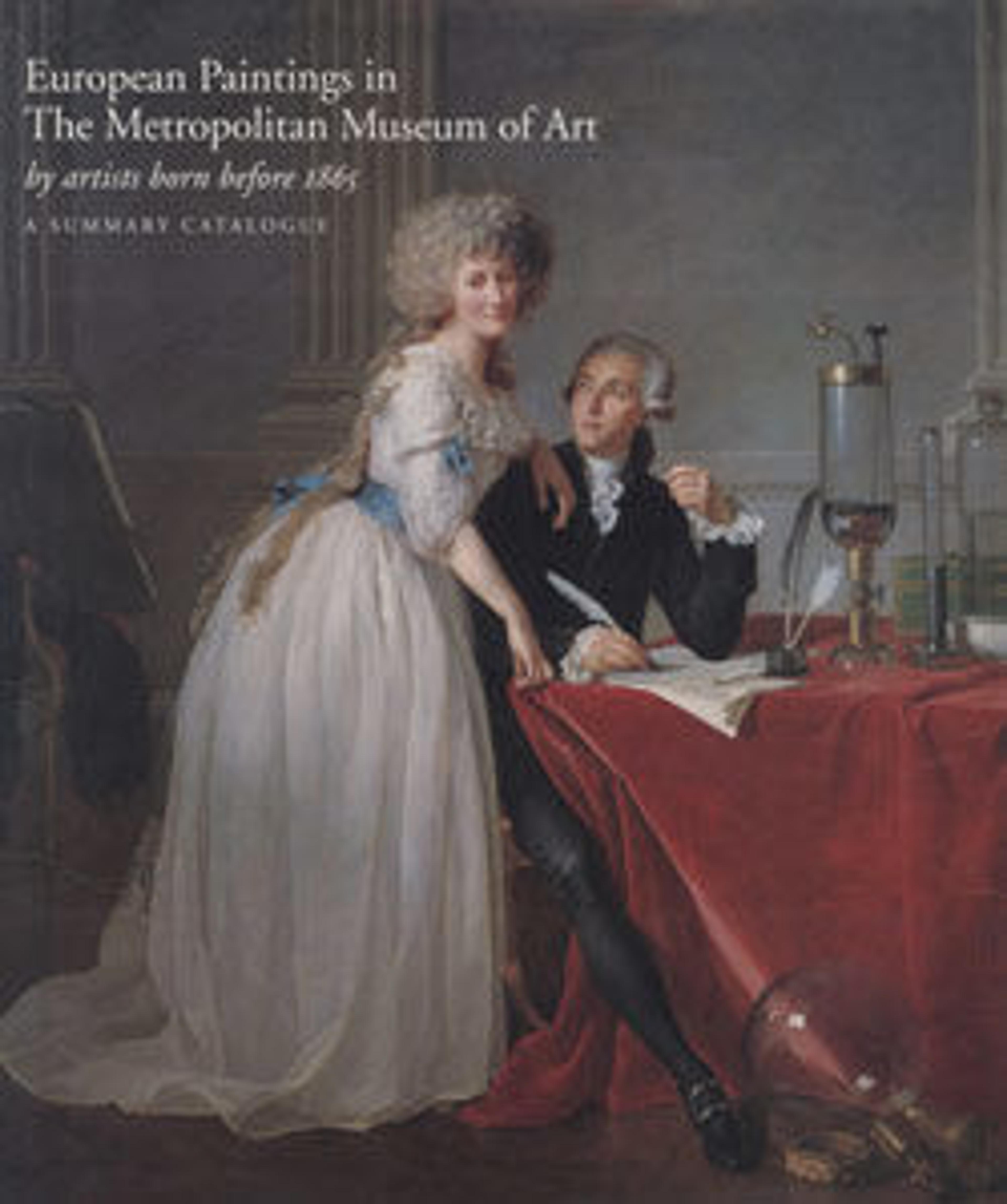The Dance Lesson
Degas made various adjustments to this composition, presumably to accommodate the violinist in his final design. He added strips of paper at the top and to the right, and there is evidence to suggest that he may have altered the dancer's pose. A pastel study for the musician is in the Museum's collection (19.51.1). The present work was formerly owned by Gustave Caillebotte, who probably bought it from or soon after the Impressionist exhibition of 1879. In 1894 he bequeathed it to Renoir, who sold it shortly thereafter.
Artwork Details
- Title:The Dance Lesson
- Artist:Edgar Degas (French, Paris 1834–1917 Paris)
- Date:ca. 1879
- Medium:Pastel and black chalk on three pieces of wove paper, joined together
- Dimensions:25 3/8 x 22 1/8 in. (64.5 x 56.2 cm)
- Classification:Drawings
- Credit Line:H. O. Havemeyer Collection, Gift of Adaline Havemeyer Perkins, in memory of her father, Horace Havemeyer, 1971
- Object Number:1971.185
- Curatorial Department: European Paintings
More Artwork
Research Resources
The Met provides unparalleled resources for research and welcomes an international community of students and scholars. The Met's Open Access API is where creators and researchers can connect to the The Met collection. Open Access data and public domain images are available for unrestricted commercial and noncommercial use without permission or fee.
To request images under copyright and other restrictions, please use this Image Request form.
Feedback
We continue to research and examine historical and cultural context for objects in The Met collection. If you have comments or questions about this object record, please contact us using the form below. The Museum looks forward to receiving your comments.
